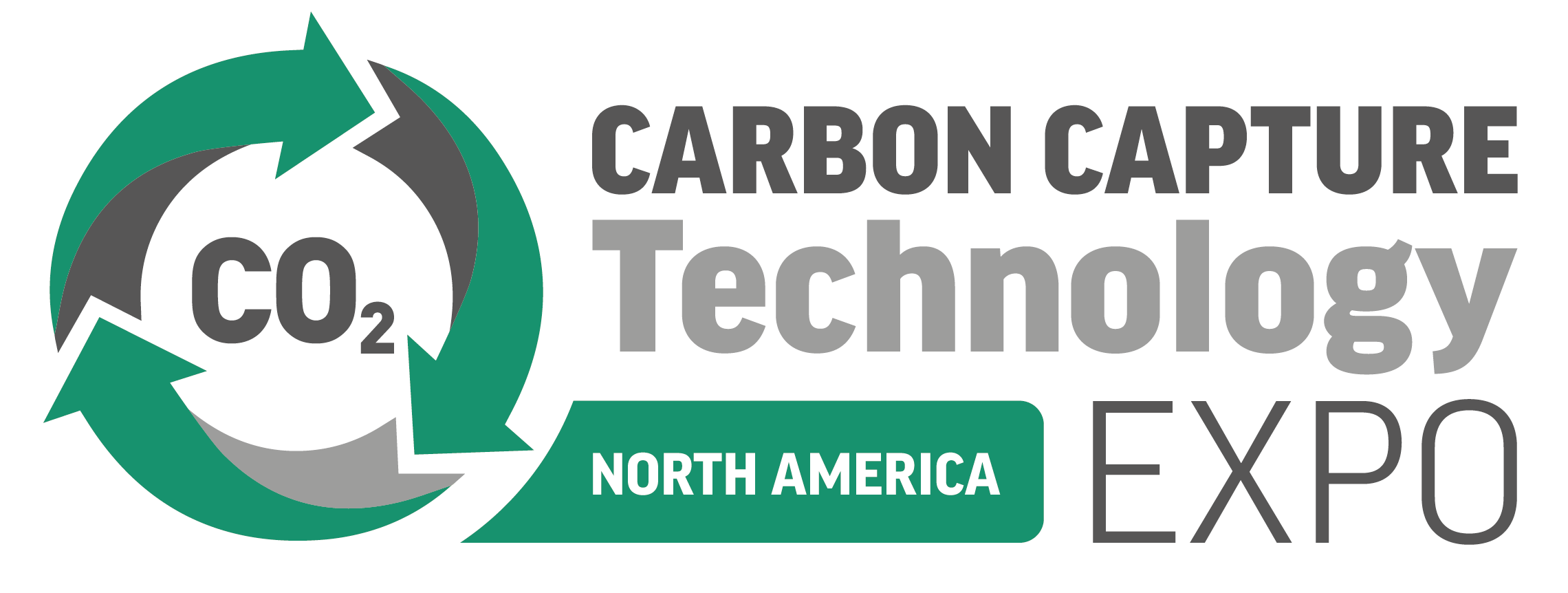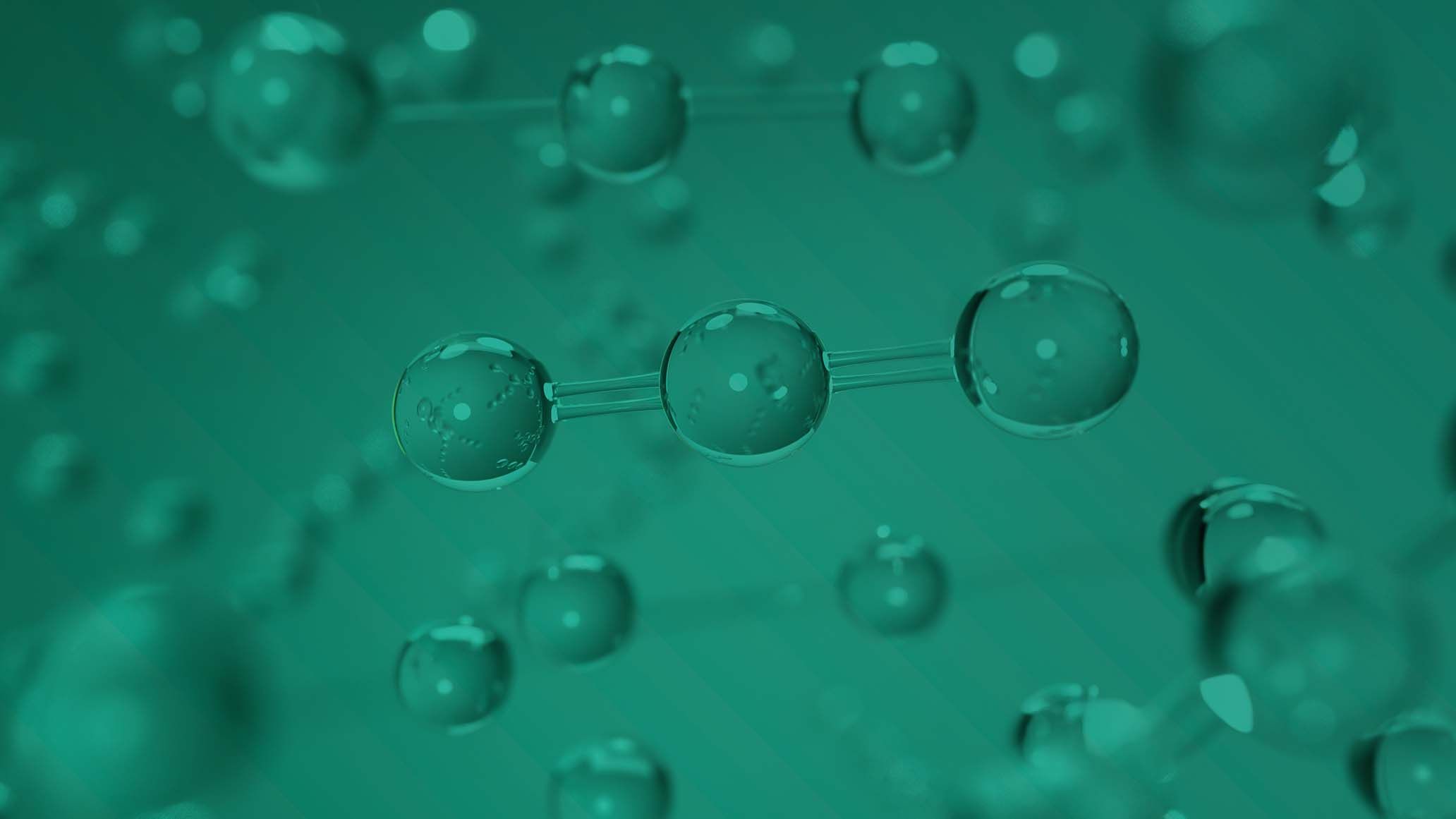BASF has been selected by bp for a carbon capture project with Teeside blue hydrogen
)
A license agreement has been signed for the use of OASE® white, BASF’s gas treating technology. This technology will be put to use capturing carbon dioxide which has been generated at H2Teesside during hydrogen production.
H2Teesside has made this agreement in order to have use of the technology so that the company can efficiently and effectively work towards their aim of becoming one of the UK’s largest blue hydrogen facilities. The company’s current target is to reach 1.2GW of hydrogen production by 2030, meaning it will produce 10% of the UK Government’s hydrogen target of 10GW by the same year. Blue hydrogen is produced from natural gas and the carbon dioxide which is also produced throughout this process, will be captured with BASF’s technology for storage.
So far, OASE® white is a technology that has been proven to work efficiently and effectively in many ammonia, hydrogen and carbon monoxide plants throughout the world. The benefits that have been predicted for the technology’s inclusion in this project, is that it will bring improved energy efficiency, as well as the ability for the plant to achieve a carbon capture rate of an estimated 99.99%. This will be an excellent benefit and the process will work off of a continuous OASE gas treatment technique which adds an amine-based solvent agent to the gas stream. This agent then works within the gas stream by absorbing the Co2 that is present there. Once this process is complete, both the Co2 and amine are then separated from the hydrogen rich gas stream and are then separated again through fractionation. At the end of this, the carbon dioxide is sent to storage and the OASE solvent agent can then be re-used in the process.
H2Teesside chose BASF for this project as the company has been supporting H2Teesside since Autumn of 2023 and it is clear that BASF’s engineering delivery package has now undergone a lot of development and is now well advanced, making it very appropriate for this project. Furthermore, due to their continued support, BASF is also well acquainted with the work that H2Teesside is doing, therefore, due to skills and knowledge, this company is an excellent choice for the project.
There are multiple benefits to installing a carbon capture system at H2Teesside, such as, creating the ability to capture and send for storage of an estimated two million tonnes of Co2 annually. This would be possible due to the existing partnership with the bp-led Northern Endurance partnership. This company deals with transportation and storage of Co2 and will be responsible for delivering the onshore and offshore infrastructure that is required to capture carbon from a range of emitters that are located throughout Teesside and Humber.
In 2023, H2Teesside began to gain their background in carbon capture and storage projects, whilst bp started to work with hydrogen technology. From this point, both companies expanded and developed their knowledge, to the point where there has now been a partnership formed that will allow for further development and expansion.
H2Teesside Asset Development Lead at bp, Will Harrison-Cripps, commented, “This agreement marks another critical milestone for H2Teesside as the project builds momentum and continues to move towards commercial operations, planned for 2028. Along with its sister project HyGreen Teesside, H2Teesside could play a critical role in decarbonising industry and heavy transport on Teesside, helping to transform the region into a leading hydrogen hub and kickstart the UK’s low carbon hydrogen economy.”
Head of Global Commercial Management for BASF’s Gas Treatment business, Glenn Langguth, mentioned, “We are proud to work with bp on this important project with the aim of reducing CO2 emissions. Our OASE® white technology is a proven and established solution for this kind of carbon capture technology. Our portfolio of OASE gas treating technologies is characterized by high energy efficiency and is perfectly suited to help our customers achieve their sustainability targets.”



)
)
)
)
)
)
)



)
)
)
)
)
)
)
)
)
)
)
)
)
)
)
)
)
)
)
)
)
)

)

)
)
)

)
)
)
)
)
)
)
)
)
)
)

)

)
)
)
)
)
)
)
)
)
)


)
)
)

)
)
)

)
)
)
)
)
